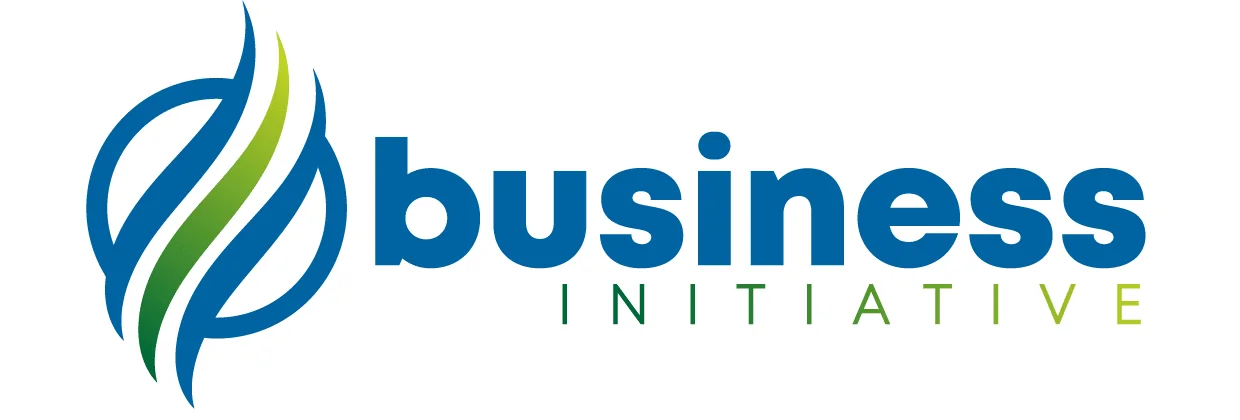Are you an aspiring entrepreneur looking to start your own business?
Or perhaps you’re a seasoned business owner seeking new ways to optimize your operations and increase profitability.
Regardless of where you stand in the world of business, having a solid business model can mean the difference between success and failure.
 Key Takeaways
Key Takeaways
- There is no one-size-fits-all business model; it's crucial to choose the one that aligns with your goals and values.
- Subscription-based models are becoming increasingly popular due to their recurring revenue potential.
- The freemium model can be effective in attracting new customers, but it requires careful consideration of pricing and features.
- The sharing economy model has disrupted traditional industries and offers opportunities for innovative entrepreneurs.
- Whichever model you choose, understanding and prioritizing customer needs is essential for success in any business venture.
A business model is essentially a blueprint for how your business will operate, how it will generate revenue, and how it will create value for customers.
In this guide, we’ll explore the key elements of developing various business models as well as how you can monetize, scale, and pivot as your business develops and trends shift.
By the end of this article, you’ll have a comprehensive understanding of which model best suits your needs and how to implement it effectively.
So grab a cup of coffee and let’s dive in!
 Table of Contents
Table of Contents
What is a Business Model?
In simple terms, a business model defines how a company creates, delivers, and captures value.
It defines how a company plans to generate revenue and outlines the key components of its strategy, including the target customer, the value proposition, and the revenue streams.
Essentially, a business model explains how a company plans to make money.
According to recent research by Harvard Business Review, companies with strong business models are more likely to outperform their competitors in terms of profitability and growth.
This is because a solid business model helps companies focus their resources on the areas that will generate the most revenue and lead to long-term success.
E-Business Model vs. Business Model: What’s the Difference?
While the terms “business model” and “e-business model” are often used interchangeably, there are some key differences between the two.
An e-business model specifically refers to the way in which an online business creates, delivers, and captures value.
This can include everything from online advertising to e-commerce sales.
While e-business models share many similarities with traditional business models, there are some unique challenges that come with operating in the online space.
For example, online businesses may need to invest heavily in marketing or website development in order to attract customers.
The Business Model Canvas
One tool that has become increasingly popular for defining your ideal business model is the Business Model Canvas.
Developed by Alexander Osterwalder and Yves Pigneur in their book “Business Model Generation,” the canvas provides a visual framework for outlining all of the key components of a business model.
The canvas consists of nine building blocks:
-
Customer segments,
-
Value proposition,
-
Channels,
-
Customer Relationships,
-
Revenue Streams,
-
Key Resources,
-
Key Activities,
-
Key Partnerships,
-
and Cost Structure.
By filling in each of these blocks, companies can create a comprehensive overview of their business model and identify areas for further improvement.
Take some time and develop a strong business model - it could be the key to unlocking your company’s full potential in today’s competitive landscape.
Business Models
When it comes to developing a business model, there are several different types to choose from.
Some of the most common include:
1. Subscription-based
A subscription-based business model charges customers a recurring fee for access to a product or service.
This model is popular for software-as-a-service (SaaS) companies, media companies, and other businesses that offer ongoing services.
According to a report by Zuora, the subscription economy has grown by more than 350% in the past seven years.
As of 2020, the average US household subscribes to three streaming services and spends over $900 annually on subscriptions.
2. Freemium
The freemium business model offers a basic version of a product or service for free, while charging for premium features or additional services.
This model is popular for mobile apps, gaming companies, and other businesses that rely on a large user base.
According to Forbes, the freemium model is used by more than 50% of the top-grossing apps in Apple’s App Store.
3. E-commerce
The e-commerce business model involves selling products directly to consumers through an online store.
This model is popular for retail businesses, but can also be used for other types of businesses that sell physical goods.
According to Statista, global e-commerce sales are projected to reach $6.54 trillion by 2022.
4. Marketplace
The marketplace business model brings buyers and sellers together on a single platform, taking a commission on each transaction.
This model is popular for peer-to-peer marketplaces, such as Airbnb and Uber.
As reported by Business Insider, Airbnb’s revenue was $3.4 billion in 2019, with a net income of $219 million.
➤ MORE: Learn how to select your ideal business model!
Monetization
Once you have chosen a business model, the next step is to figure out how to monetize your product or service.
There are several different monetization strategies to consider, including:
1. Advertising
Advertising involves selling space on your website or platform to advertisers.
This model is popular for media companies and other businesses with a large audience.
According to eMarketer, digital ad spending in the US is projected to reach $455 billion by 2023.
2. Transaction fees
Transaction fees involve taking a percentage of each transaction that takes place on your platform.
This model is popular for marketplaces and e-commerce businesses.
According to Statista, Amazon’s third-party seller services revenue amounted to $80 billion in 2020.
3. Subscriptions
Subscriptions involve charging customers a recurring fee for access to a product or service.
This model is popular for SaaS companies, media companies, and other businesses that offer ongoing services.
As reported by Forbes, the subscription e-learning market is expected to reach $325 billion by 2025.
➤ MORE: Learn how to properly monetize your business and maximize revenue!
Scalability
Another important consideration when developing a business model is scalability.
Scalability refers to your business’s ability to grow and expand over time.
Key factors that can limit your business’s scalability include:
🔑 The size of your market
🔑 The complexity of your product or service
🔑 The resources required to deliver your product or service
➤ MORE: Fast track your business growth by using scalability strategies in your business model!
Ability to Pivot
Finally, it’s important to consider your business’s ability to pivot.
A pivot involves changing your business model or strategy in response to changing market conditions or customer needs.
Key factors that can impact your ability to pivot include:
🔑 The flexibility of your business model
🔑 The resources required to pivot
🔑 The willingness of your team to adapt to change
By considering these key elements of developing a business model, you can create a blueprint for success that will help you grow and thrive over time.
➤ MORE: When is the best time for a business to pivot?
In Summary…
Developing a business model is an essential step towards building a successful business.
By choosing the right type of business model and monetization strategy, as well as considering scalability and the ability to pivot, you can create a blueprint for success that will help your business grow and thrive over time.
By using the information outlined in this article, you can gain a deeper understanding of the key elements involved in developing a business model.
You’ll be able to make more informed decisions about which type of business model is right for your company, how to monetize your product or service effectively, and how to position your business for long-term growth.
If you’re ready to take the next step in developing your business model, we encourage you to schedule a consultation call with Business Initiative.
We can help guide you through the process of developing a successful business model that’s tailored to your unique needs.
Don’t forget to subscribe to our newsletter and follow us on X (Twitter) for more valuable insights and updates on the latest trends in entrepreneurship and small business management.
Sources & Additional Information
Here are some sources you can use to learn more about business models and monetization strategies:
These sources provide valuable insights and data that can help you make informed decisions when developing your business model.
Additionally, here are some additional resources you may find helpful:
By using these resources in combination with the information outlined in this article, you can gain a deeper understanding of the key elements involved in developing a successful business model.


